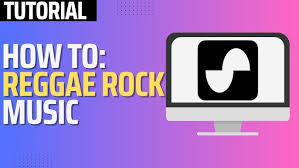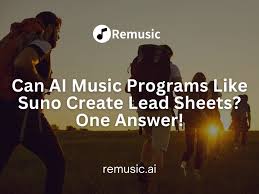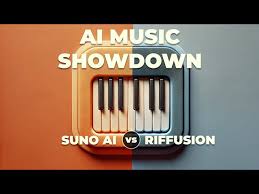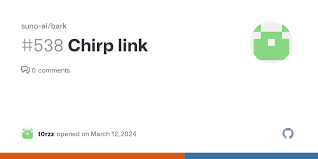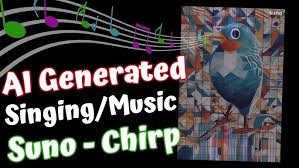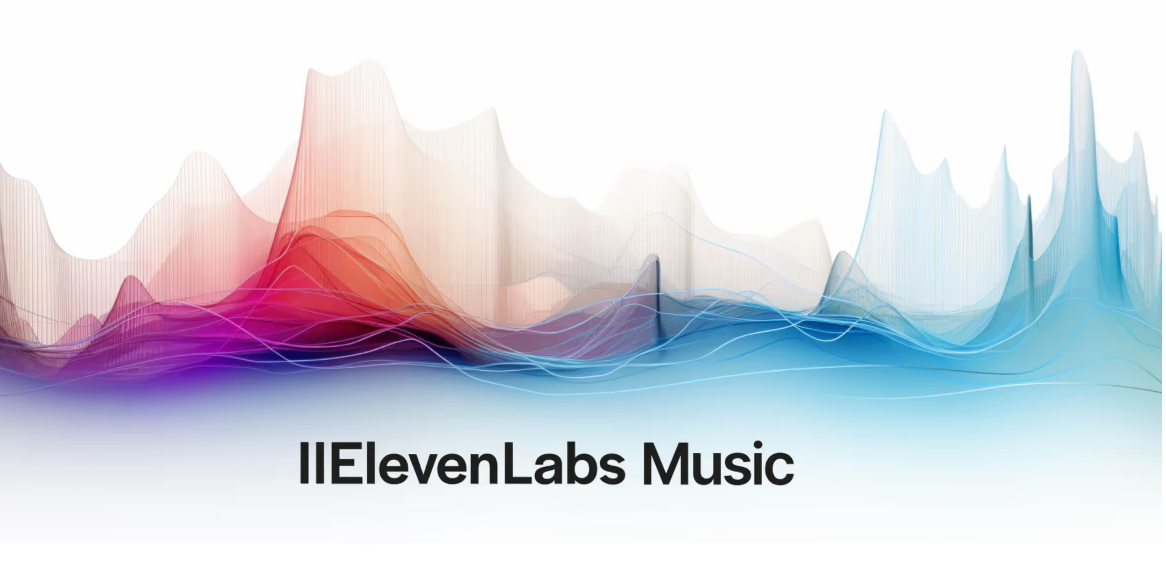The way we create music is evolving fast. You no longer need a full studio, years of theory training, or expensive instruments to produce tracks that sound professional. Thanks to generative AI music tools, creators today can write full songs, build ambient soundscapes, or compose original melodies using just a text prompt.
But with so many platforms popping up, it’s hard to know where to begin. That’s why we’ve compiled this expert-reviewed list of the top 10 generative AI music tools in 2025. Whether you're a musician, content creator, or just curious about AI in music, this guide will help you find the right tool for your workflow.
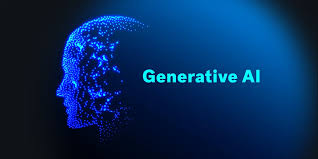
1. Udio
Best for: Full vocal songs with lyrics
Udio is the breakout hit of 2024–2025. Developed by former Google DeepMind engineers, Udio lets you generate complete songs—vocals, instrumentals, structure, and all—from a simple prompt.
Create songs in multiple genres (pop, rap, EDM, acoustic)
Control vocal tone, structure, and emotional feel
Extremely fast cloud-based generation
Great for songwriters and TikTok creators
Use case:
“An emotional indie pop song with female vocals about heartbreak”
2. Suno
Best for: Creative genre blending and vocal hooks
Suno is another leader in AI song generation, known for its melodic hooks, genre diversity, and fast outputs. It responds well to creative prompts and is often used to make viral audio content.
Generates catchy vocals and instrumentals
Often used for meme music, ads, or music demos
Includes chorus/verse structure generation
Powerful for creators who need fast ideas
Use case:
“A funky disco anthem with a catchy chorus about confidence”
3. MusicGen
Best for: Instrumental music and melody-based generation
Created by Meta AI, MusicGen is an open-source model trained on over 20,000 hours of licensed music. It’s especially useful for creating instrumentals, ambient textures, and experimental music based on melody or prompt.
Use text prompts or upload a melody file
Multiple model sizes (Small to Melody)
Excellent for composers and producers
Use case:
“Cinematic orchestral piece with strings and slow build-up”
4. Riffusion
Best for: Loops, riffs, and short musical motifs
Riffusion uses diffusion models to generate music from text prompts in real time. It’s great for creating short instrumental ideas, especially in rock, EDM, or hybrid genres.
Good for generating loops or guitar riffs
Visualizes the spectrogram during generation
Output is short but usable for idea generation
Use case:
“Futuristic synth riff with echo and distortion”
5. Boomy
Best for: Instant music publishing and monetization
Boomy lets you create, distribute, and monetize AI-generated music across platforms like Spotify or Apple Music. While its generation is more template-based, it’s great for beginners or creators looking to publish quickly.
Beginner-friendly interface
Built-in monetization options
Royalty collection for generated tracks
Use case:
“Lo-fi beat for late night study sessions”
6. Soundraw
Best for: Customizable music for video, ads, and content
Soundraw is an AI music tool focused on creating royalty-free, commercial-ready soundtracks. Users can customize genre, length, mood, and structure—perfect for content creators and agencies.
Generates loopable background tracks
Great for YouTubers, podcasters, or brands
Royalty-free for paid users
Use case:
“Energetic pop intro for a tech product video”
7. AIVA
Best for: Classical composition and orchestration
AIVA (Artificial Intelligence Virtual Artist) is one of the oldest players in the AI music space, specialized in classical and film score-style compositions. It’s often used in game and media scoring.
Classical-style generation with emotional depth
Score export in MIDI and notation
Custom models for stylistic adaptation
Use case:
“Romantic solo piano composition in Chopin’s style”
8. Amper Music (now part of Shutterstock)
Best for: AI-assisted music scoring for media
Amper was one of the first AI music startups and is now integrated into Shutterstock’s creative suite. It’s used primarily for soundtracking in ads, films, and corporate media.
Focus on cinematic and commercial styles
Real-time editing of tempo, instrumentation
Licensed for commercial use
Use case:
“Corporate motivational track with uplifting piano and strings”
9. Endlesss
Best for: Live, collaborative AI-assisted jamming
Endlesss combines AI with real-time collaboration tools for musicians. It’s a jam-based environment where you can co-create loops and sequences with others, assisted by AI suggestions.
Realtime loop-based performance tools
Great for live musicians and experimental artists
AI remixes, beats, and sample suggestions
Use case:
“Live techno jam session with evolving drum and synth layers”
10. Alysia
Best for: Lyric generation and AI songwriting companion
While not a full music generator, Alysia uses AI to co-write lyrics and melodies with artists. It integrates into DAWs and helps accelerate the songwriting process.
Assists with melody, rhyme, and phrasing
DAW plugins available
Ideal for singer-songwriters or lyricists
Use case:
“Generate chorus lyric ideas for a summer love song”
Comparison Table
| Tool | Best For | Output Type | Supports Vocals | Open Source |
|---|---|---|---|---|
| Udio | Full song creation | Full song | Yes | No |
| Suno | Viral, hooky tracks | Full song | Yes | No |
| MusicGen | Instrumental and melody inputs | Instrumental audio | No | Yes |
| Riffusion | Loops and riffs | Short audio clip | No | Yes |
| Boomy | Publishing and monetization | Full tracks | Yes | No |
| Soundraw | Commercial content music | Background music | No | No |
| AIVA | Classical and cinematic scores | Orchestral/MIDI | No | No |
| Amper | Soundtracks and commercial use | Layered background | No | No |
| Endlesss | Live jamming with AI | Loops, samples | No | No |
| Alysia | Songwriting assistant | Lyrics/melody ideas | Optional | No |
Conclusion: Which Generative AI Music Tool Should You Choose?
The best generative AI music tool for you depends on what you’re trying to make:
Want vocals and full tracks? Go for Udio or Suno.
Prefer to create instrumental textures or upload your own melody? Try MusicGen.
Need content-friendly background music? Choose Soundraw or Boomy.
Into experimental loops or live performance? Explore Riffusion or Endlesss.
The good news is—you don’t have to choose just one. Many artists now combine tools (e.g., making a melody in MusicGen and importing it into Udio), creating workflows that suit their unique style.
FAQs
Can I use these tools commercially?
Most offer commercial use under paid plans, but check each platform’s licensing terms.
Are any of these tools free to use?
Yes. Tools like MusicGen (open-source) and Udio/Suno (limited free tiers) are accessible to beginners.
Which is best for realistic vocals?
Udio and Suno are currently the top tools for AI-generated vocals.
Can I combine these tools in one workflow?
Absolutely. Many users create instrumentals in one tool and vocal overlays in another.
Learn more about AI MUSIC

